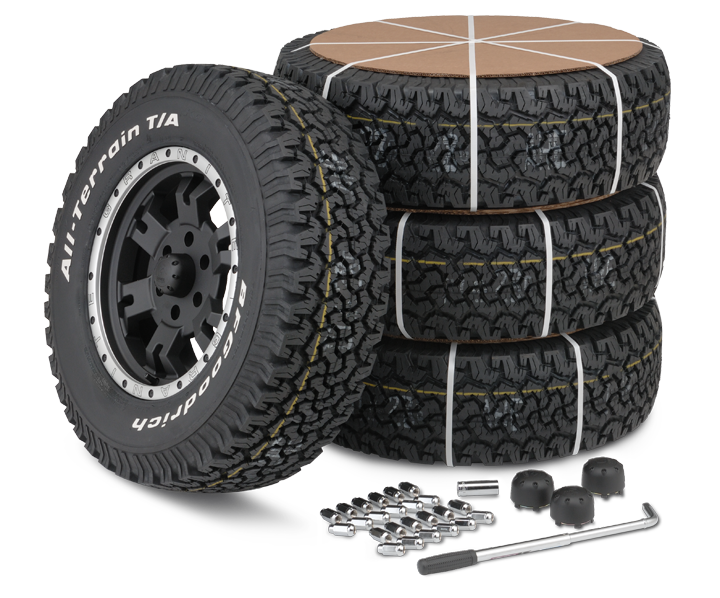Discover Top-Quality Tires Morris IL: Pick the very best for Your Car
Discover Top-Quality Tires Morris IL: Pick the very best for Your Car
Blog Article
Tire Service: Understanding Tire Pressure Surveillance Equipments
Recognizing Tire Pressure Surveillance Equipments (TPMS) is an important aspect of maintaining optimum automobile performance and safety when traveling. With innovations in vehicle innovation, TPMS has actually ended up being a conventional feature in modern-day automobiles, offering real-time details on tire stress degrees. Digging deeper right into the ins and outs of TPMS, one can discover the various parts that comprise this system and the significance of each in ensuring exact monitoring. From straight to indirect TPMS systems, the landscape of tire stress tracking varies, each with its special set of factors to consider and advantages. Keep tuned to unwind the intricacies of TPMS, from maintenance ideas to the undeniable benefits of keeping your tires appropriately inflated. morris tire and alignment.

Significance of TPMS
The value of Tire Pressure Tracking Systems (TPMS) depends on their capability to boost vehicle safety and performance through real-time surveillance of tire stress levels. Maintaining the right tire pressure is vital for guaranteeing ideal handling, braking, and overall security of an automobile. TPMS gives vehicle drivers with immediate feedback on any type of underinflated or overinflated tires, permitting for timely adjustments to be made.
Parts of TPMS
Making up various crucial components, a Tire Stress Tracking System (TPMS) functions as an innovative security attribute in modern lorries. The primary components of a TPMS consist of sensors, a control component, and a caution indicator. Sensors are typically located in the tire shutoff stem or affixed to the wheel assembly, where they measure tire stress and transmit data to the control component. The control module processes this info and triggers a caution if it spots significantly low pressure in any one of the tires. The warning indication, frequently a symbol on the dashboard, signals the chauffeur to inspect the damaged tire or tires. Some advanced TPMS versions likewise show the real tire pressure readings for each and every tire, offering motorists with real-time details to guarantee ideal tire efficiency and safety. By monitoring tire pressure constantly, TPMS assists protect against accidents, decreases tire wear, and improves fuel efficiency, making it a vital part for vehicle safety and security and performance.
Kinds Of TPMS

On the other hand, indirect TPMS counts on the car's wheel speed sensing units to keep track of tire stress. This system discovers underinflation by comparing the rotational rates of the wheels. Indirect TPMS is less expensive than straight TPMS, as it utilizes existing sensors within the automobile.
While direct TPMS supplies much more precise analyses, indirect TPMS is less complex in style and commonly calls for Visit Your URL less maintenance. Both systems have their limitations and advantages, and the selection between them commonly depends on aspects such as cost, automobile make, and individual choice. Understanding the distinctions between these 2 kinds of TPMS article source can assist lorry owners make notified choices pertaining to tire maintenance and security.
TPMS Upkeep Tips
Reliable upkeep of TPMS is vital for making sure optimal performance and security of your automobile. Routinely checking the TPMS sensors for any kind of damages or deterioration is essential. Guarantee that the sensors are cost-free and tidy from particles that can disrupt their performance. Furthermore, it is a good idea to inspect the sensing unit batteries regularly and change them as needed to ensure precise readings. Conduct routine checks on the tire pressure levels and compare them with the TPMS readings to ensure they are constant. Rectify the system adhering to the supplier's standards if there are any inconsistencies. In addition, throughout tire rotation or replacement, make certain that the TPMS components are taken care of carefully to avoid any kind of possible damages. Finally, if the TPMS alerting light brightens on the control panel, resolve the problem promptly by examining the tire pressures and the general system for any type of mistakes. By adhering to these upkeep tips, you can prolong the life expectancy of your TPMS and enhance the safety and security of your driving experience.
Advantages of Correct Tire Pressure
Keeping proper tire stress, as stressed in TPMS Maintenance Tips, is vital for reaping the countless benefits related to optimum tire stress levels. Among the primary benefits of preserving the proper tire pressure is improved fuel performance. When tires are appropriately pumped up, there is less rolling resistance, causing far better fuel economic climate. In addition, correct tire pressure ensures even tire wear, prolonging the life expectancy of the tires and advertising more secure driving problems. With the right tire pressure, vehicles likewise have much better handling and grip, specifically in damaging weather. This can boost total driving efficiency and safety and security for the driver and passengers. Preserving optimal tire pressure can contribute to a smoother and much more comfortable ride by reducing resonances and sound created by underinflated tires. Finally, the benefits of proper tire stress exceed simply tire durability; they encompass improved fuel performance, boosted security, much better lorry performance, and total driving convenience.
Conclusion
In final thought, recognizing tire pressure monitoring systems (TPMS) is crucial for maintaining ideal tire Homepage stress and making certain automobile security. By recognizing the importance of TPMS, being familiar with its components, knowing the various kinds available, adhering to correct maintenance pointers, and realizing the advantages of keeping appropriate tire pressure, motorists can boost their driving experience and prolong the life expectancy of their tires. Correct tire pressure is crucial to reliable and secure vehicle operation.

Report this page